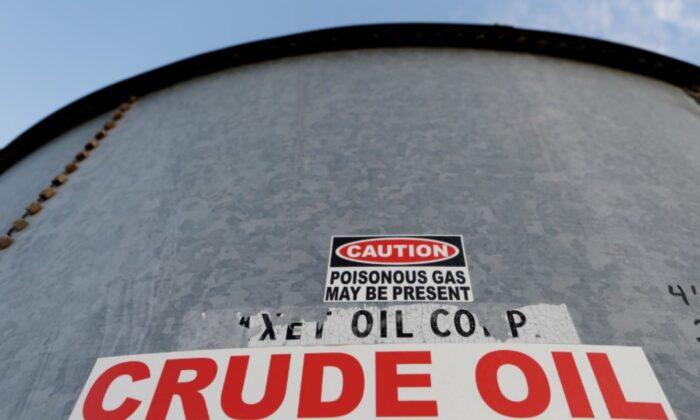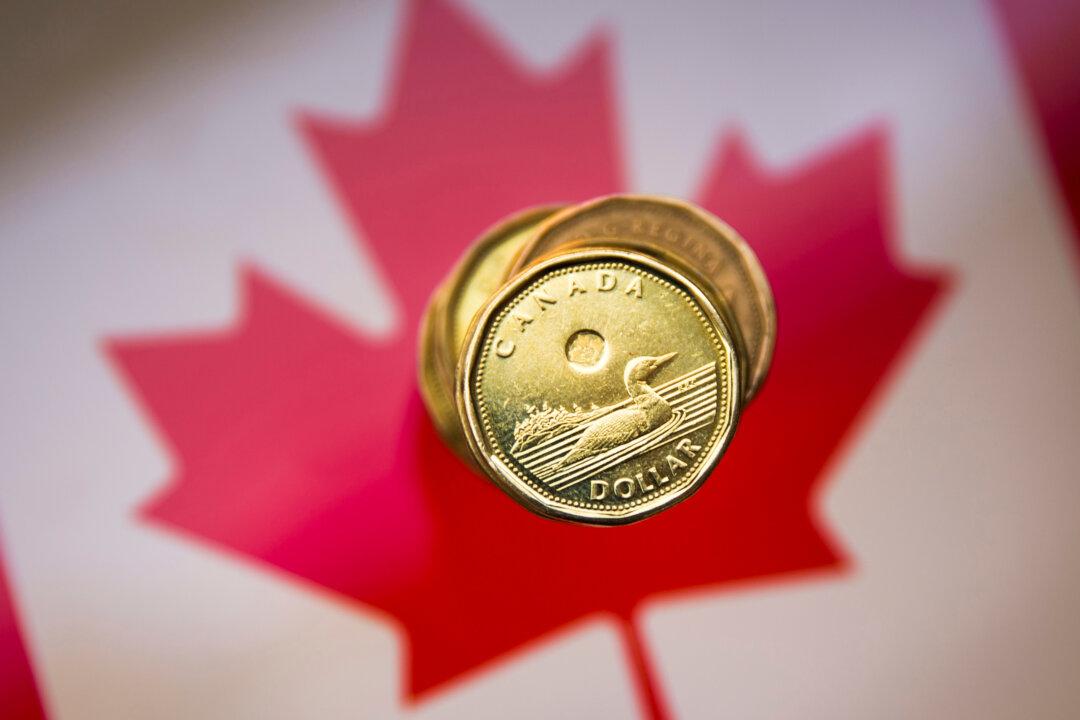SINGAPORE—Oil prices climbed on Wednesday after industry data showed a larger than expected drawdown in crude oil stocks in the United States, the world’s largest oil consumer, and on expectations that demand will recover as vaccine roll-outs widen.
But a fall in China’s crude oil throughput in August with daily refinery runs hitting the lowest since last May, and overall factory output faltering, capped oil price gains.
Brent crude oil rose 54 cents, or 0.7 percent, to $74.14 a barrel by 0659 GMT, while U.S. West Texas Intermediate (WTI) crude climbed 53 cents, or 0.8 percent, to $70.99 a barrel.
U.S. crude oil, gasoline and distillate stocks all fell last week, according to two market sources, citing American Petroleum Institute figures on Tuesday, after Hurricane Ida shut numerous refineries and offshore drilling production. [API/S]
Crude stocks fell by 5.4 million barrels for the week ended on Sept. 10. Analysts on average had been expecting a drop of 3.5 million barrels.
“The impact of Hurricane Ida was a lot greater than many anticipated and production in the Gulf of Mexico region might struggle to return until Tropical Storm Nicholas is done punishing the region with torrential rain,” said Edward Moya, senior analyst at OANDA.
Tropical Storm Nicholas moved slowly through the Gulf Coast on Tuesday, leaving hundreds of thousands of homes and businesses without power, though Texas refineries continued to run normally.
The damage from Nicholas comes just two weeks after Hurricane Ida knocked a significant amount of refining capacity offline in the Gulf Coast.
Meanwhile, after a three-month slide in global oil demand due to the spread of the Delta variant of the coronavirus and renewed pandemic restrictions, vaccine roll-outs are set to power a rebound, the International Energy Agency (IEA) said on Tuesday, also helping to lift prices.
Details on China’s plans to sell crude from strategic reserves pressured prices, however, with China’s state reserves administration saying it would auction off 7.4 million barrels of crude on Sept. 24.
“The big question mark is what the next wave will be like, but optimism is growing that each (coronavirus) wave will be less severe as more countries get their hands on vaccines,” Moya said.
“The oil market remains in deficit and the supply disruptions in the U.S. should keep prices supported in the short-term.”





